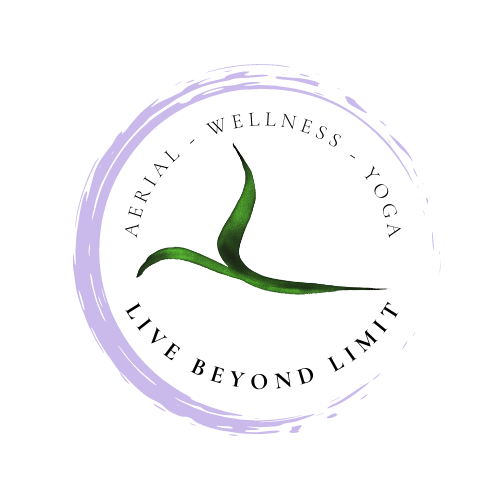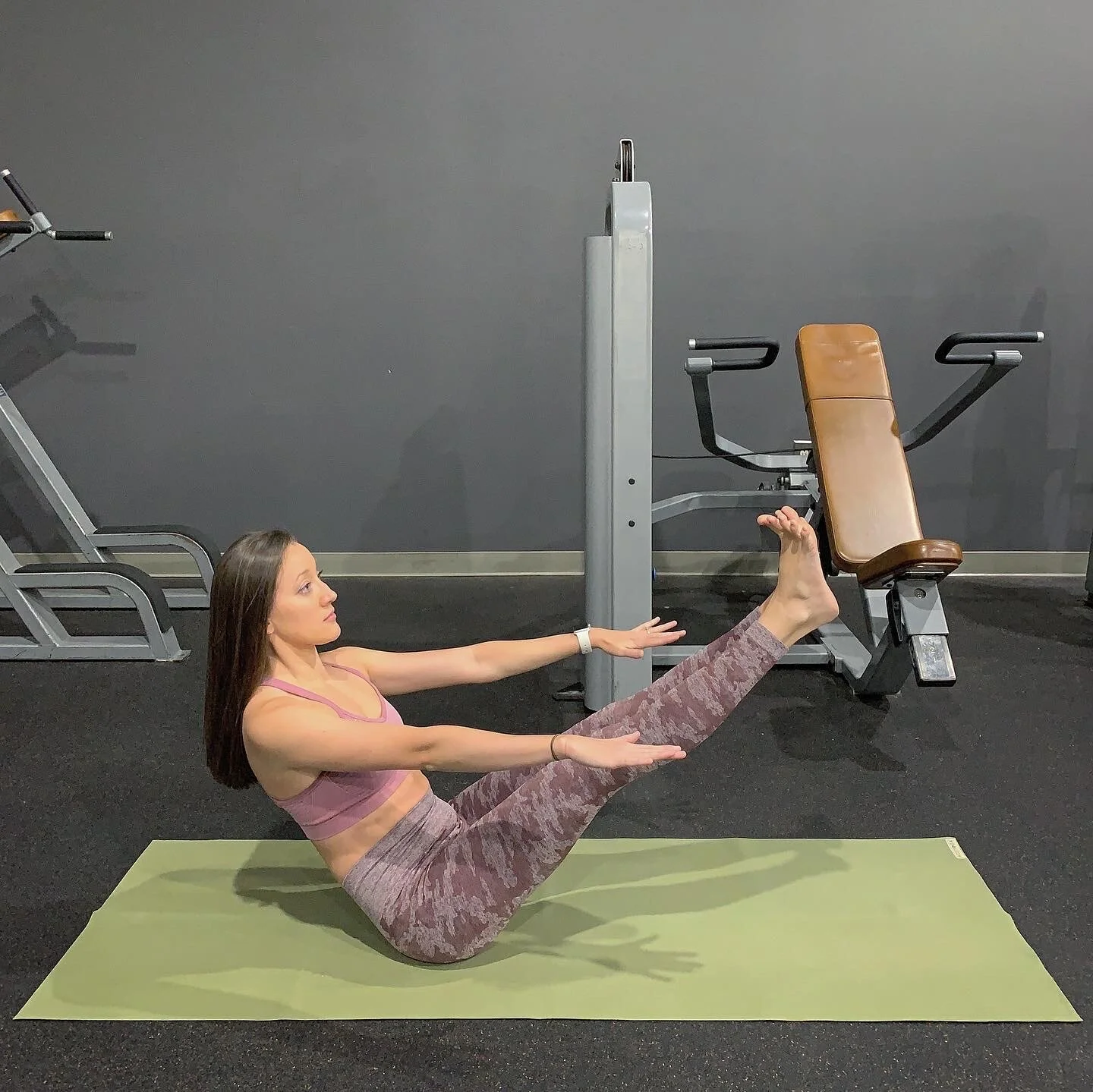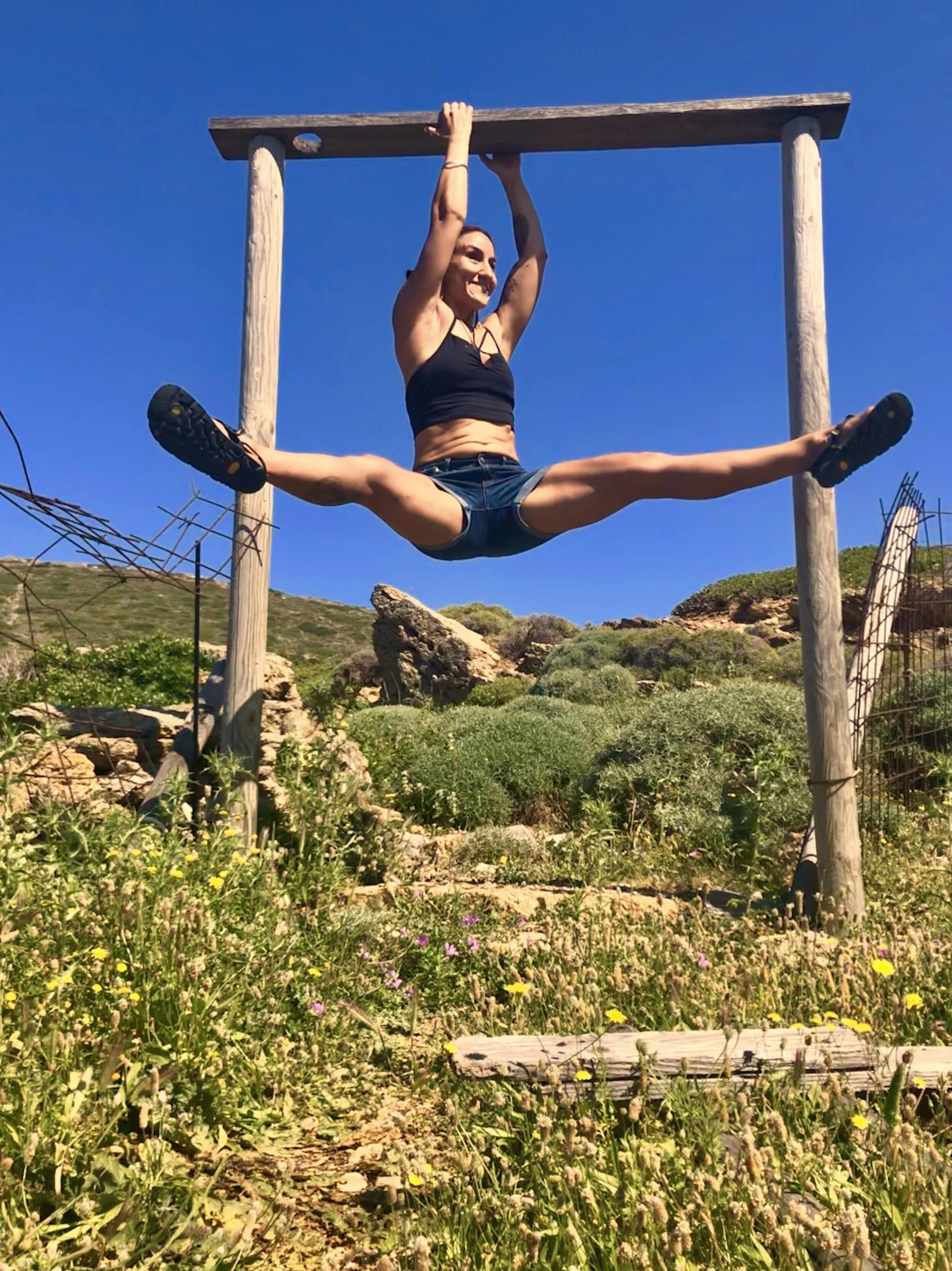Do you have unexplained symptoms such as low energy, low blood pressure, breathing or throat issues, itching, hives, flushing, sensitivity to chemicals and fragrances, abdominal pain and gastrointestinal issues, skin darkening, and/or brain fog? What about intense cramping or diarrhea caused by high prostaglandins around or during your period?
These symptoms all can be signs of Histamine intolerance and Mast Cell Activation Syndrome (MCAS), a condition where the body cannot break down histamine effectively and mast cells in the body are overactive and release too many inflammatory chemicals into the system in the short and long term.
Basically, mast cells are an essential part of the immune system and play a crucial role in protecting our bodies from harmful pathogens and our cell’s natural danger responses. However, they also produce byproducts that can have various negative impacts on our health when triggered and produced too much. This overreaction can be triggered by consistent environmental, chemical, pathogenic, or emotional stress. Recent studies have shown that these byproducts could be linked to allergic reactions, asthma, and even certain types of cancer.
If you're struggling with Mast Cell Activation Syndrome (MCAS), you know how difficult it can be to manage the symptoms and understand your body’s needs. Fortunately, there are holistic lifestyle changes you can make to support your body and help manage symptoms. From stress reduction techniques to dietary changes and natural supplements, there are many options available to help you feel your best.
Our top 3 recommendations for those who suspect MCAS in their lives:
Practice stress-reducing techniques: Stress can be a major trigger for MCAS symptoms and our cell danger response, so it's important to find ways to reduce stress. This can include practices such as meditation, deep breathing exercises, yoga, or simply taking time for yourself to relax and unwind. Our yoga and wellness classes are perfectly designed to support you.
Focus on anti-inflammatory foods: Incorporating foods that are rich in anti-inflammatory properties can help reduce inflammation throughout the body. Some examples of anti-inflammatory foods include fatty fish, leafy greens, berries, and turmeric with black pepper.
Avoid trigger foods: Certain foods can trigger MCAS symptoms, so it's important to identify and avoid these foods. Common trigger foods include processed and packaged foods, dairy products, and high histamine foods such as aged cheeses, fermented foods, and alcohol.
MCAS can be difficult to diagnose and manage, but with proper support, it is possible to improve your quality of life and reduce or eliminate symptoms. If you suspect you may have MCAS and would like a holistic way to support yourself, sign up for a lifestyle assessment and integrative health session with Kate to get personalized support.
























